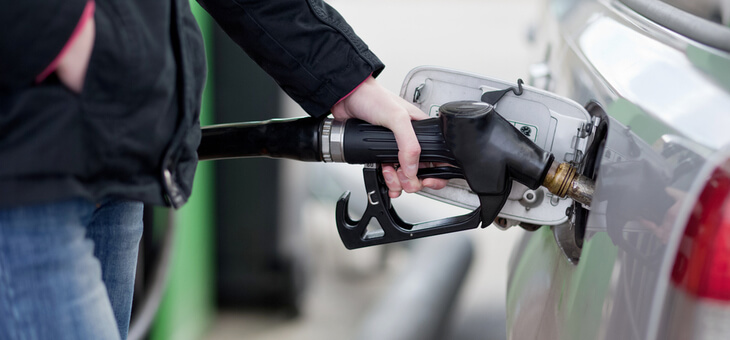As petrol prices continue to sting, there are calls to cut the fuel excise tax, but has the push been thought through?
Petrol prices have gone past $2 per litre in most cities and while no-one could deny cutting the excise would certainly give consumers a break, is there an argument for keeping it?
First, what is the fuel excise? It is a flat sales tax levied by the federal government on petrol and diesel at the bowser. It is currently set at 44.2 cents for every litre of fuel. It is indexed twice a year and is in addition to the GST, set at 10 per cent. LPG has a 14.5 cents per litre excise.
Calls to cut the excise are coming from consumers but also from inside the government with several MPs supporting the idea.
Read: Tax relief measures tipped to be extended
It’s part of a response to the rising cost of living as consumers and businesses are hit by price increases across the board.
But would a cut in the excise be a short-term gain for long-term pain?
It would be a popular move, but it would also be a brave government that would consider taking such a blow to revenue.
According to peak motoring body the Australian Automobile Association (AAA), the Budget papers predicted motorists were set to pay $49 billion in net fuel excise between 2020 and 2024.
That’s a lot of money to find elsewhere, and probably a step too far for a federal government with a hefty deficit.
Read: Tax cuts are on the way, but men set to be the big winners
However, the main argument against cutting the excise is that almost all of it is budgeted to be spent on transport infrastructure, giving consumers a good return on their spend.
According to AAA figures, of that $49 billion expected to be raised for the 2020-24 period, about $46.8 billion was budgeted for land transport expenditure, a policy the AAA would like to see continue.
“Building and maintaining a safe and efficient transport system will be central to Australia’s economic recovery,” the AAA stated in its pre-budget submission for 2021-22.
“Which is why the AAA calls on the government to continue allocating 100 per cent of net fuel excise to land transport infrastructure.”
The amount of revenue the government collects has been steadily falling as cars become more fuel efficient and consumers buy low and zero emission vehicles.
The recent petrol price rises have been widely blamed on Russia’s war on Ukraine, but the drivers are more complex, although the war is certainly an influence.
Read: Taxpayers footing the bill for government advertising
While Australia imports almost no oil from Russia, the world oil market acts as one big ‘pool and sanctions against Russia – one of the world’s leading suppliers of crude oil – have a flow-on effect for the rest of the world.
Other compounding factors are the relatively low value of the Australian dollar against the US dollar, which gives Australia less buying power, and suppliers trying to claw back profits lost during pandemic lockdowns.
Australian Competition and Consumer Commission (ACCC) chair Rod Sims said crude oil prices had been “climbing sharply” since late 2020 and prices at the bowsers had followed.
“It’s tempting to point the finger at petrol retailers when prices are high, but our data shows that late last year, 86 cents of every dollar spent by consumers at the bowsers was outside of their control,” he said.
If you enjoy our content, don’t keep it to yourself. Share our free eNews with your friends and encourage them to sign up.

